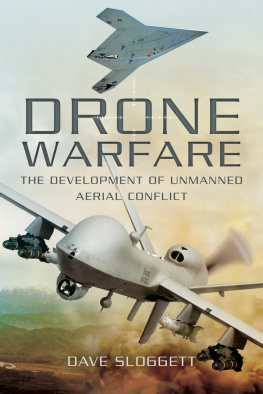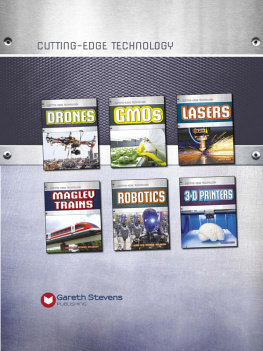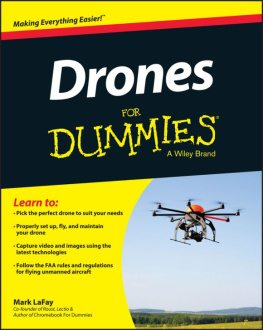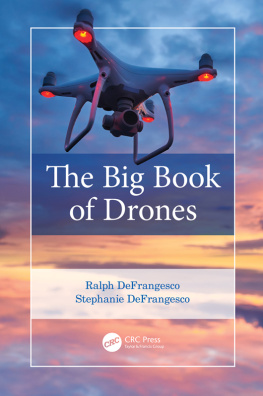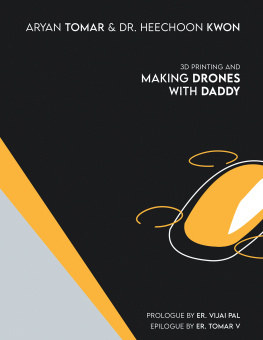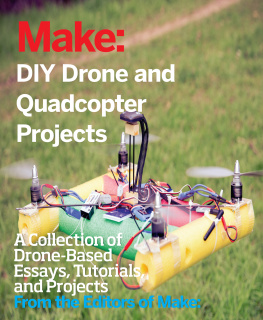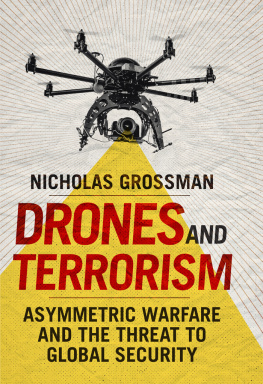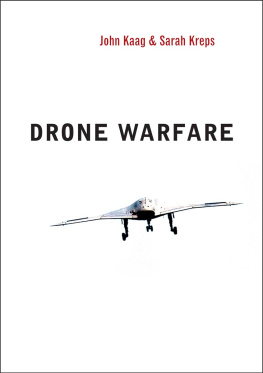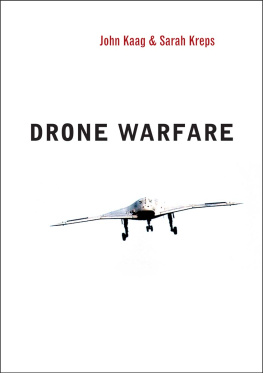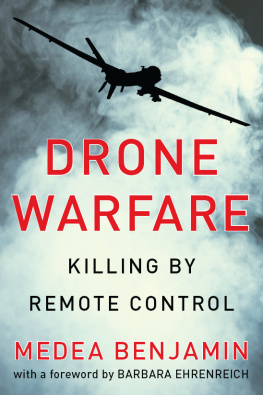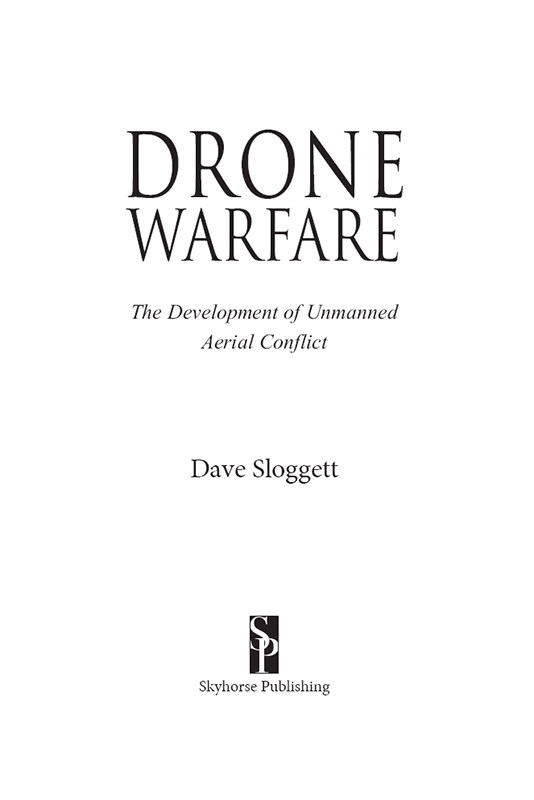Copyright 2014 by Dave Sloggett
First published in Great Britain by Pen & Sword Aviation in 2014
First Skyhorse Publishing edition 2015
All rights reserved. No part of this book may be reproduced in any manner without the express written consent of the publisher, except in the case of brief excerpts in critical reviews or articles. All inquiries should be addressed to Skyhorse Publishing, 307 West 36th Street, 11th Floor, New York, NY 10018.
Skyhorse Publishing books may be purchased in bulk at special discounts for sales promotion, corporate gifts, fund-raising, or educational purposes. Special editions can also be created to specifications. For details, contact the Special Sales Department, Skyhorse Publishing, 307 West 36th Street, 11th Floor, New York, NY 10018 or .
Skyhorse and Skyhorse Publishing are registered trademarks of Skyhorse Publishing, Inc., a Delaware corporation.
Visit our website at www.skyhorsepublishing.com.
10 9 8 7 6 5 4 3 2 1
Library of Congress Cataloging-in-Publication Data is available on file.
Cover design by Jon Wilkinson
Print ISBN: 978-1-63220-505-6
Ebook ISBN: 978-1-63220-874-3
Contents
Preface
Almost since the dawn of aviation, engineers and scientists have mused upon and sometimes developed aircraft that could be controlled remotely and therefore fly unmanned. This book charts their evolution and the enabling technologies that made their development possible. It does this over a period of nearly 100 years, from its early beginnings through to the period after the Second World War when applications of such platforms quickly grew to the plethora of modern-day military and civilian uses to which they are now routinely applied.
That history is punctuated by a series of technological developments that have allowed unmanned aircraft to gradually emerge from the shadow of the manned platform. The first driver for the development of unmanned aircraft came from the military. They could see the potential, even in the early stages of the evolution of manned air platforms. Since then, a number of operational drivers have also emerged that have had a catalyzing effect upon the development of unmanned aircraft. Not least among these is the development of asymmetric warfare and counter-insurgency operations.
The initial challenges lay in finding ways to control the platform, both on the ground and in the air. With the development of the gyroscope and greater understanding of the dynamics of flight, solutions were found to controlling unmanned aircraft. However, these came too late to have a meaningful impact on the First World War.
In the interwar years the level of investment in unmanned aircraft did not match that going into manned platforms. That is apart from in the days leading up to the Second World War in Germany where tentative steps were being taken that would see the emergence of the V-1 flying bomb as the first genuine military application of unmanned aircraft. Its next genesis would have to wait until it was possible to remotely control an unmanned aircraft, albeit with restrictions regarding line of sight.
The mainstream media likes to characterize the contemporary guises of these platforms by the generic term drones. The origin of this use of language is multi-faceted. It is possible to suggest that one derivation of the term dates back to the application of unmanned aircraft as targets for various gunnery and air-to-air missile tests. Drones at that time were seen to be simple unarmed devices whose flight times were short in duration. One example was the Jindivik that was developed by the Australian Government Aircraft Factory (GAF) as a result of a joint programme between Australia and the United Kingdom. Its name derives from the Aboriginal word meaning the hunted one.
The next stage in the evolution of unmanned aircraft occurred when advances in technology allowed them to start to carry sensor systems in addition to the basic payload required to control the platform. Pioneering work in Israel was quickly picked up by the United States. This initial work has seen a plethora of platforms built to provide eyes and ears on an adversarys actions, both in the land and maritime environments. As technological developments occurred, so the larger of the platforms could also begin to carry weapon systems. The kind of asymmetric conflicts occurring in Iraq and Afghanistan helped create drivers for yet more technological advances in the capabilities of unmanned aircraft. Mission endurance in particular was a huge issue.
The longer an unmanned aircraft could stay on station, the more it could help to build up intelligence on the pattern of life in an area. As the need for the military to apply precise effects on the ground increased, so grew the need to maintain a platform on station. With many peoples behaviour linked to diurnal cycles it was natural that platforms should be developed that are capable of remaining on station over a 24-hour period. Developments in satellite communications technology have also provided a crucial enabler allowing missions conducted by unmanned aircraft to be extended.
At the time of writing, unmanned aircraft are still controlled remotely by human beings but they are reliant on satellite communications to maintain the control. If the satellite links become degraded for a period of time, the unmanned aircraft has to have a limited decision-making capability. If, for example, satellite communications are lost, the unmanned aircraft will initiate a return to its home base. With an increasing geographic spread of operations comes an increased need to operate under a range of climatic conditions. Just because a Reaper on a mission over Pakistan decides that it has lost satellite communications and should therefore return to its main operating base does not necessarily mean the conditions there are suitable for a landing. This provides evidence that we are some way from being able to think of drones as fully autonomous devices.
Some contemporary media writers like to use the term drone because it carries with it a sense of the rampant application of technology. They seek to portray these platforms as a form of Frankensteinian monster created by mad people who will one day rue its invention. This image is one that anticipates the next stage in the development of unmanned aircraft, when the link with human control is either partially or completely severed. Citing the degree of autonomy already available to platforms such as the Predator and Reaper, in the case of them suffering some form of mission failure the naysayers argue that this is the thin edge of the wedge and that fully autonomous robotic unmanned aircraft are just around the corner.
The use of the term drone is subtle and implicitly derogatory. It evokes images of the classical genre of science-fiction movies that have tried to show the inevitable conclusions when man hands over control to robots. Of all these caricatures, the sentient computer HAL 9000 in Stanley Kubricks famous film 2001: A Space Odyssey is perhaps the most alarming. In the film HAL has been programmed to achieve a mission. When the crew of the spaceship appears to threaten that objective, the computer takes what it believes to be the logical step of removing them from the picture.
For those seeking to add a negative hue to the portrayal of unmanned aircraft this provides the perfect illustration of what is essentially a moralizing message. If man leaves decision-making to robots (whatever that actually means), the outcome will be bad. However, not all Hollywood depictions of robots have been alarmist. For example, in Star Wars two of the main characters have comedic qualities.

